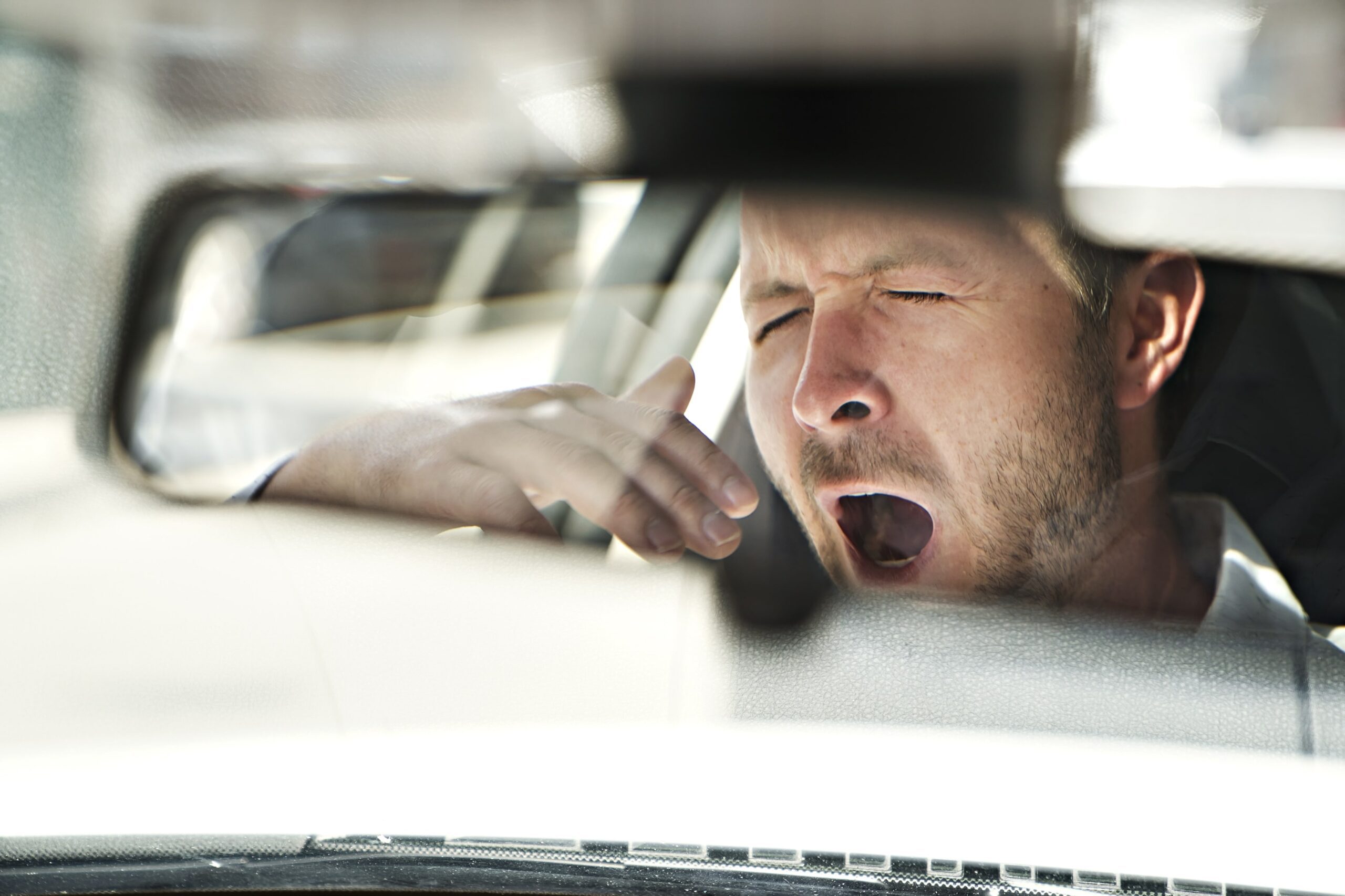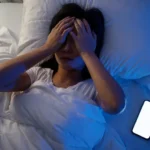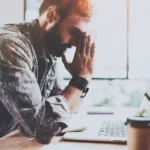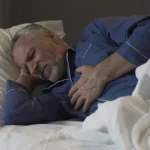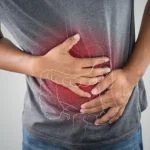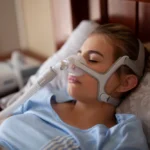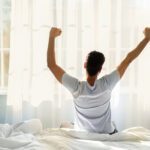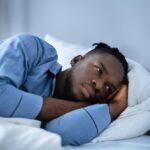One of the most pernicious symptoms of Obstructive Sleep Apnea is Excessive Daytime Sleepiness (EDS), also known as hypersomnolence. EDS is characterized by exactly what it sounds like: excessive sleepiness. We all feel tired at times, but around 20% of the population can be identified as actually having EDS. So, what exactly is it?
EDS is not a sleep disorder in itself. It is a symptom that can have many causes. Obstructive Sleep Apnea (OSA) is one of the main contributors. In short, OSA is a disorder that presents itself as brief interruptions in sleep throughout the night due to the opening and closing of the throat. A person suffering from OSA can wake up anywhere from 5-150 times per hour, oftentimes without ever realizing it. Consequently, the person will continue to wake up feeling extremely tired but confused because they believe they should be getting the right amount of sleep. This persistent lack of restful sleep can result in excessive sleepiness, which puts the patient and others at risk during certain activities, such as operating a motor vehicle. Narcolepsy and insufficient nightly sleep are other common causes.
How to get rid of EDS?
If you constantly feel tired, trying to simply “push through” may not only be ineffective but also dangerous. Chances are that you are struggling with a sleep disorder that has devastating side effects if left untreated, such as Obstructive Sleep Apnea.
If a doctor diagnoses you with OSA, the primary treatment is prescribing the use of CPAP. A CPAP, short for continuous positive airway pressure, is a device (consisting of a hose and mask) that keeps your throat open throughout the night, preventing those apnea episodes which damage the quality of your sleep. This device has a huge success rate in combating OSA and helping people get back to feeling well-rested. But, as always, sometimes CPAP therapy doesn’t work, and severe sleepiness persists requiring further treatment.
What constitutes severe sleepiness?
There are a few tests available for sleep specialists to try to quantify this subjective feeling. One is called the Epworth Sleepiness Scale (ESS) which was invented by Dr. Murray Johns. The ESS is a self-administered questionnaire with 8 questions. Respondents are asked to rate their usual chances of falling asleep during a given activity on a 4-point scale (0-3). The activities mentioned range from being stopped in traffic for a couple of minutes, to watching tv, to sitting and talking with someone during the day. A higher score (the range is from 0-24) indicates a more severe level of Excessive Daytime Sleepiness. In general, ESS scores can be interpreted as follows:
0-5 Lower Normal Daytime Sleepiness
6-10 Higher Normal Daytime Sleepiness
11-12 Mild Excessive Daytime Sleepiness
13-15 Moderate Excessive Daytime Sleepiness
16-24 Severe Excessive Daytime Sleepiness
It is important to note that the Epworth Sleepiness Scale is a subjective test, and therefore might not be exactly accurate. A more objective sleep disorder diagnostic test is called the Multiple Sleep Latency Test (MSLT). It is used the measure the time elapsed from the start of a daytime nap period to the first signs of sleep, called sleep latency. As a general rule, the sleepier a person is, the faster he or she will fall asleep. This test was created in 1977 by sleep researchers William C. Dement and Mary Carskadon. The MSLT consists of five 20-minute nap opportunity periods scheduled two hours apart. During the test, different data are collected such as the patient’s brainwaves, EEG, muscle activity, and eye movements. Each nap is taken in a dark and quiet environment that is intended to be conducive to sleep. The entire test usually lasts around 7 hours. The MSLT is administered at AASM-Accredited Sleep Centers and requires a board-certified sleep physician to review the results.
So, what are the treatment options for excessive daytime sleepiness?
In this article, we are focusing on sleep apnea related EDS, so the first thing a doctor will do is prescribe a CPAP, which we briefly discussed above. If the CPAP doesn’t seem to be improving your feelings of wakefulness, further treatment may be necessary. It is important to note that these excessive daytime sleepiness treatments do not treat the underlying condition of sleep apnea and do not replace your CPAP.
One common medication that can improve wakefulness is called Solriamfetol, sold under the brand name Sunosi. It is a norepinephrine-domaine reuptake inhibitor (NDRI).
Another is called Armodafinil, sold under the brand name Nuvigil. Armodafinil belongs to a class of drugs known as Eugeroics, which are stimulants that provide long-lasting mental arousal.
These two medications are controlled substances and should only be taken as prescribed by sleep medicine professionals as they are subject to potential abuse. Before taking either of these medications, consult with your doctor about any underlying conditions.
A newer medication to treat EDS is called Pitolisant, sold under the name Wakix. It is a histamine 3 receptor antagonist/inverse agonist that promotes wakefulness in patients. This agent was not deemed a controlled substance by the DEA—the first narcoleptic therapy to avoid that scheduling. It represents the first FDA approved, commercially available medication in its class. Importantly, this drug is only approved for narcolepsy, but recent studies have shown possible “off-label use” for Sleep Apnea related EDS.
To conclude, Excessive Daytime Sleepiness is not just explained as “occasionally feeling tired.” If you are continually sleepy throughout the day, it is not enough to just ignore it. You may have a serious underlying condition that needs to be treated, such narcolepsy or especially Obstructive Sleep Apnea.
